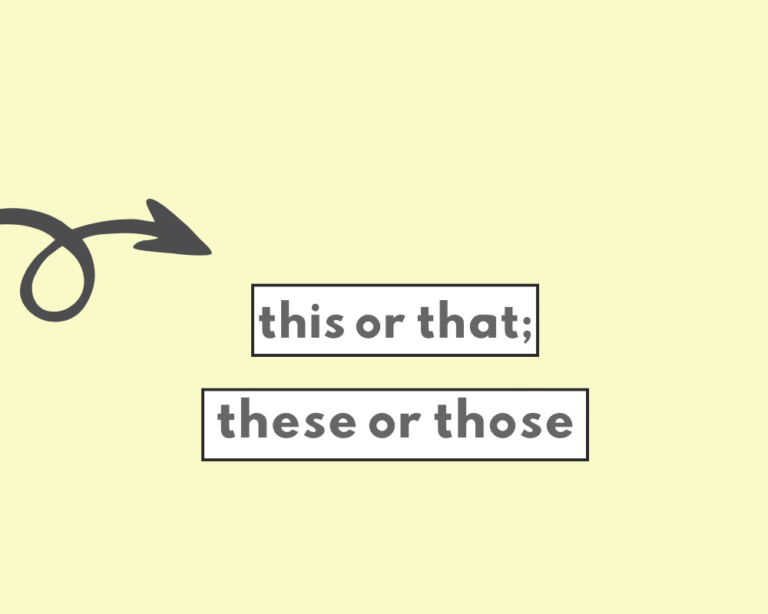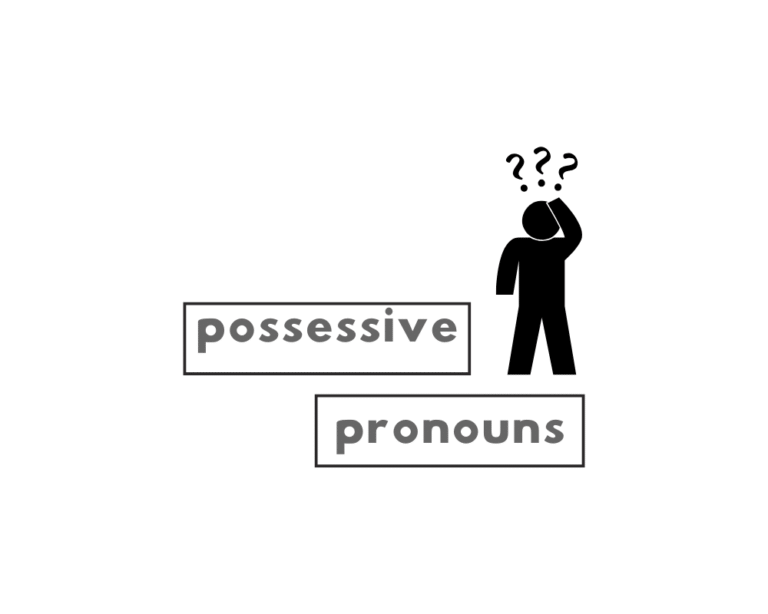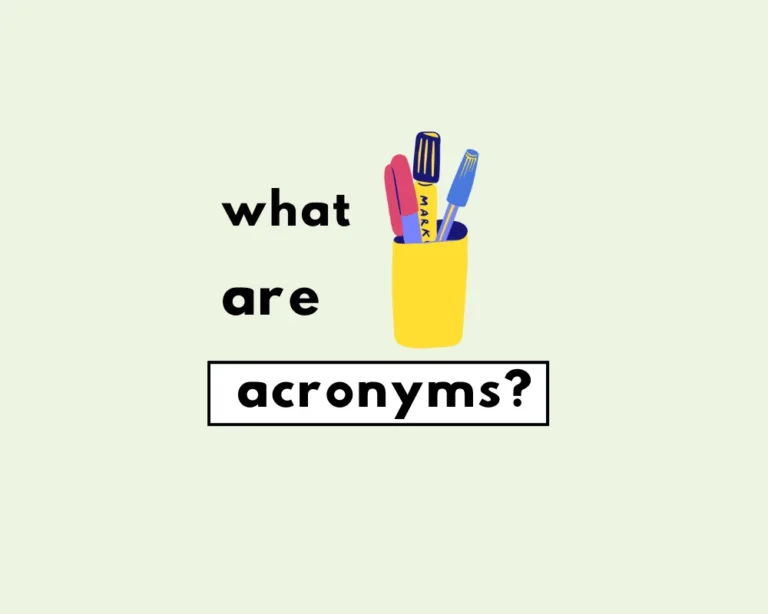What are plural-only nouns?
Did you ever wonder why we some items we refer to as “a pair of“, even if we’re only mentioning one of that thing?
My new shorts are comfortable.
Could you hand me a pair of pliers? (Correct usage of “a pair of” for a single item that is a plural-only noun)
The scissors is on the counter.
I bought a new pant.
For example, think of scissors: to ask about scissors we’d say, ‘do you have a pair of scissors I can borrow?“
In most contexts, a “pair” describes two of something, but when we say “a pair of [plural-only noun]”, usually this refers to a single item or thing.
| Examples: plural-only nouns used in sentences | |
| Are those my glasses?
Have you seen my shorts? I need a new pair of sunglasses. |
Because some things are made up of parts, pieces or pairs, we refer to them as ‘plural-only’ (despite that they are countable). We also use them strictly as plurals in form: they end in “-s” / “-es” (as plural nouns do).
Plural-only nouns, (also known as non-singular nouns), are regular items like clothing (e.g., pants, glasses, scissors, goggles and suspenders). They can also be household objects like pliers, scissors, tongs and so on, (anything that’s got components, or made up of parts!)
Plural-only nouns like “pants” and “scissors,” associate them with the phrase “always plural,” visualizing them as inherently paired items that always require plural verbs.
Plural-only vs. singular-only nouns
Singular-only nouns, also called uncountable or mass nouns, are different from plural-only nouns and should not be confused with them.
Mass nouns sound like what they are: ideas or concepts that we cannot physically or literally count or quantify. This could be because they are abstract concepts, subjects or exist in a form which cannot physically be counted (like sand, gold or rice). Mass nouns stay singular in form, despite some of their abundanceness).
| Mass nouns in sentences |
| Sara ate five bowls of rice.
Robert enjoys reading all types of literature. She went to get glasses of water for everyone. |
English reflects their non-count-ness by keeping them singular: rice, gold, milk and knowledge are all non-count/mass nouns that we do not physically count (either because it would be impossible or because they are abstract concepts that cannot be measured).
We can, on the other hand, count plural-only nouns, such as glasses or pants, and so they are distinct from non-count or mass nouns in this way.
Plural-only nouns vs. collective nouns
What’s the difference between a collective noun and a plural-only noun? Sounds tricky, but fear not—the difference is as easy as reading the rest of this article.
Collective nouns, like the name suggests, mention collectives or groups taken as a whole or a single unit. See these examples of collective nouns:
| Collective nouns in sentences |
| My family mostly have their birthdays in the fall and winter.
The choir were all warming up in different keys. The band were on tour all summer. |
Plural-only/non-singular nouns do not mention entities considered as a single unit, rather they mention objects that are comprised of parts and so are more than one on their own (in isolation).
Mass nouns are also therefore distinct from collective nouns, as mass nouns do not refer to a group or collection of persons necessarily, but can refer to abstract concepts, substances or masses of things (think elements like fire, water or smoke).
Worksheet
According to the post, what kind of verb agreement is required with plural-only nouns?
When referring to a single item that is a plural-only noun (like one pair of scissors), what phrase is commonly used?
Which of these nouns is listed in the blog post as an example of a plural-only noun?
The blog post mentions that plural-only nouns are also sometimes referred to as:
How does the post differentiate plural-only nouns from mass nouns?
The blog post explicitly states that using the singular form like “a new pant” is _____.
The example “The scissors is on the counter” is incorrect because “scissors” is a plural-only noun and requires a _____ verb.
Which option correctly completes the sentence according to the usage rules for plural-only nouns mentioned in the post? My new _____ comfortable.
Which option correctly uses the phrase “a pair of” with a plural-only noun as shown in the examples?
The post explains that plural-only nouns are often items that are made up of _____.
FAQs
What are plural-only nouns?
+
Do plural-only nouns take singular verbs?
+
How do you refer to one plural-only item?
+
Give examples of plural-only nouns.
+
Are plural-only and mass nouns the same?
+
Yash, D. "Plural-Only Nouns (Explanation & Examples)." Grammarflex, Jun 25, 2025, https://www.grammarflex.com/what-are-plural-only-nouns-plural-only-vs-singular-only/.
Sources
-
English Grammar and Composition, P.C. Wren.










